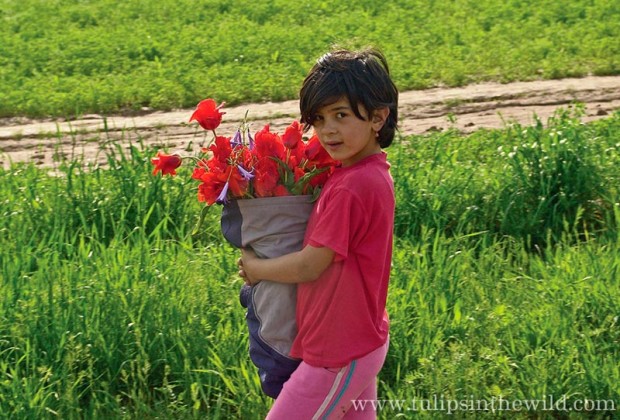The Detroit News:
The walnut tree on North Squirrel Road is older than just about anything you can think of to compare it to when you try to show how old it is.
When the Civil War started, the sprawling black walnut was 152. When quill pens scratched the first signatures onto the Declaration of Independence, it was 67. When George Washington was born in 1732, it was already old enough to vote.
Five years ago, an expert from the Michigan Botanical Club estimated that the tree was 300 years old.
Now some of its admirers are hoping it can survive 2015.

